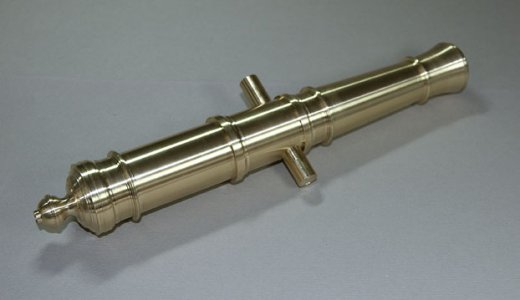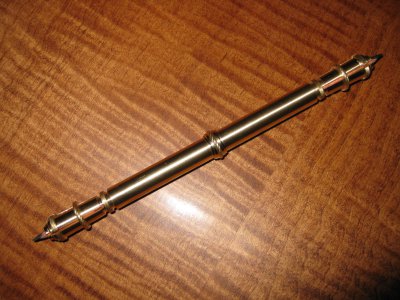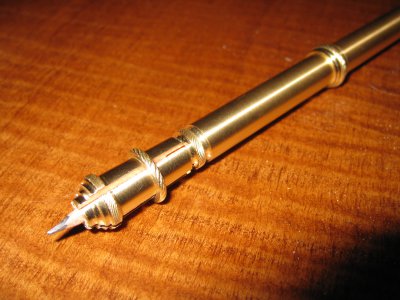The whole issue here is that it seems that all too many guys never learned to grind a tool bit; 50 some odd years ago, my machine shop teacher, who had apprenticed to the trade and taught at the Mare Island Navy Yard apprentice school during WW-2 gave each student a piece of key stock and showed them how to grind a turning tool; when he showed proficiency, he was given a new 1/4" HSS tool bit, and it was his for the semester, same thing for a threading and round nose tool. Folks nowadays seem not to even want to learn how to grind a tool, and yes, most have lathes that cannot use carbide to any advantage due to lack of speed, power and ridgidity.
It was a big learning curve when I started apprenticeship in a shop that used carbide for most work other than threading and form tools. Some guys thought that they were cutting the fat hog using carbide on the planer (6 ft X 6ft X 15 ft with 35 horsepower) With a properly ground HSS tool I was able to take roughing cuts on it more than twice the depth and feed and equally as fast travel.
Bottom line, carbide is vastly over rated for the hobbyist, especially for threading; they are way too easy to chip and expensive; I use a form ground threading tool from Aloris, it is a wonderful thing, as you just grind it on top to sharpen it, and they last a long time and are automaticly set to the proper alignment when the holder is clamped up. They are also available in the acme thread form. The holder is made so that the tool can be used upside down for left hand threading using spindle reverse and traveling from right to left; this does not work so well for lighter machines and threaded on chucks that cannot be run up good and tight!




